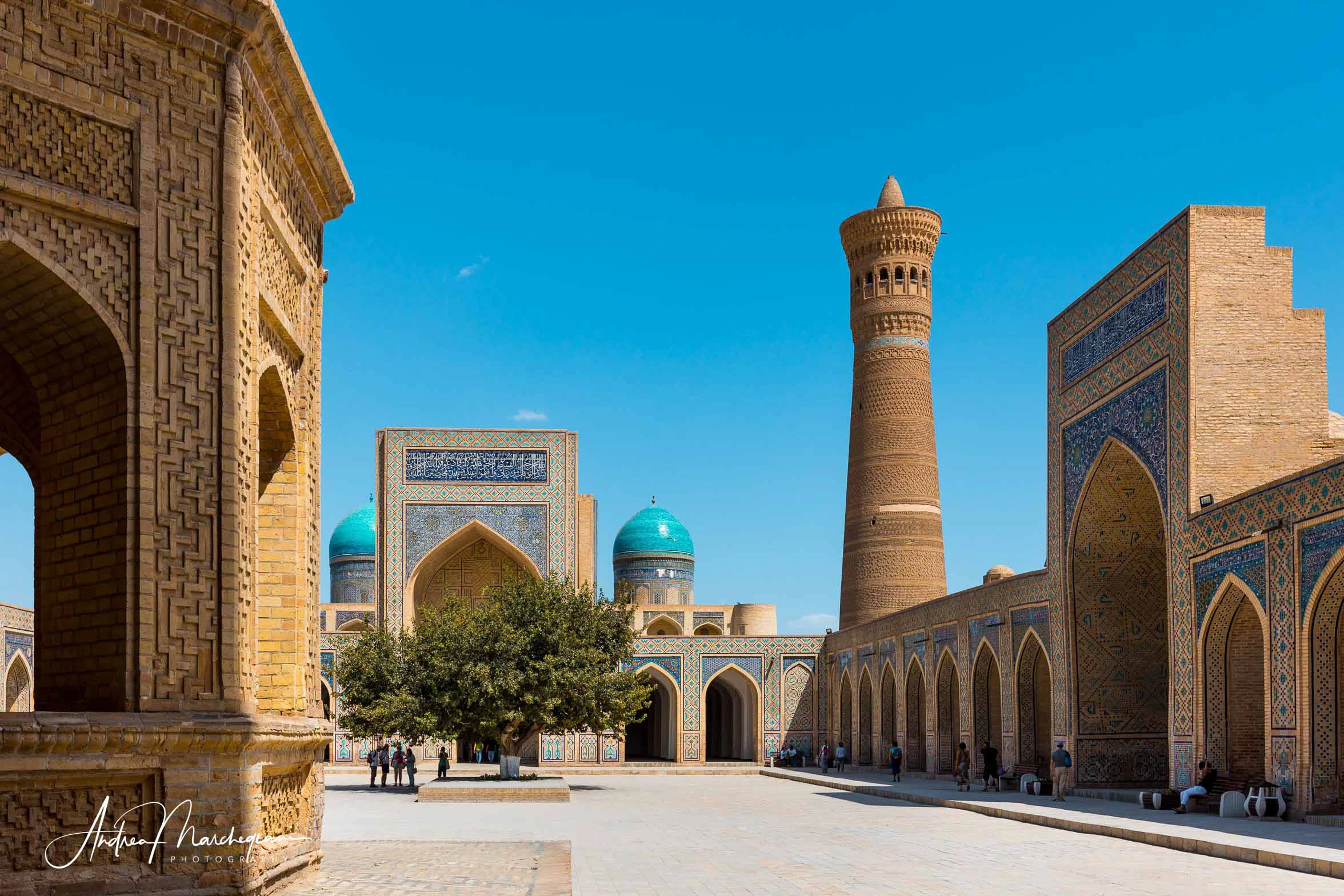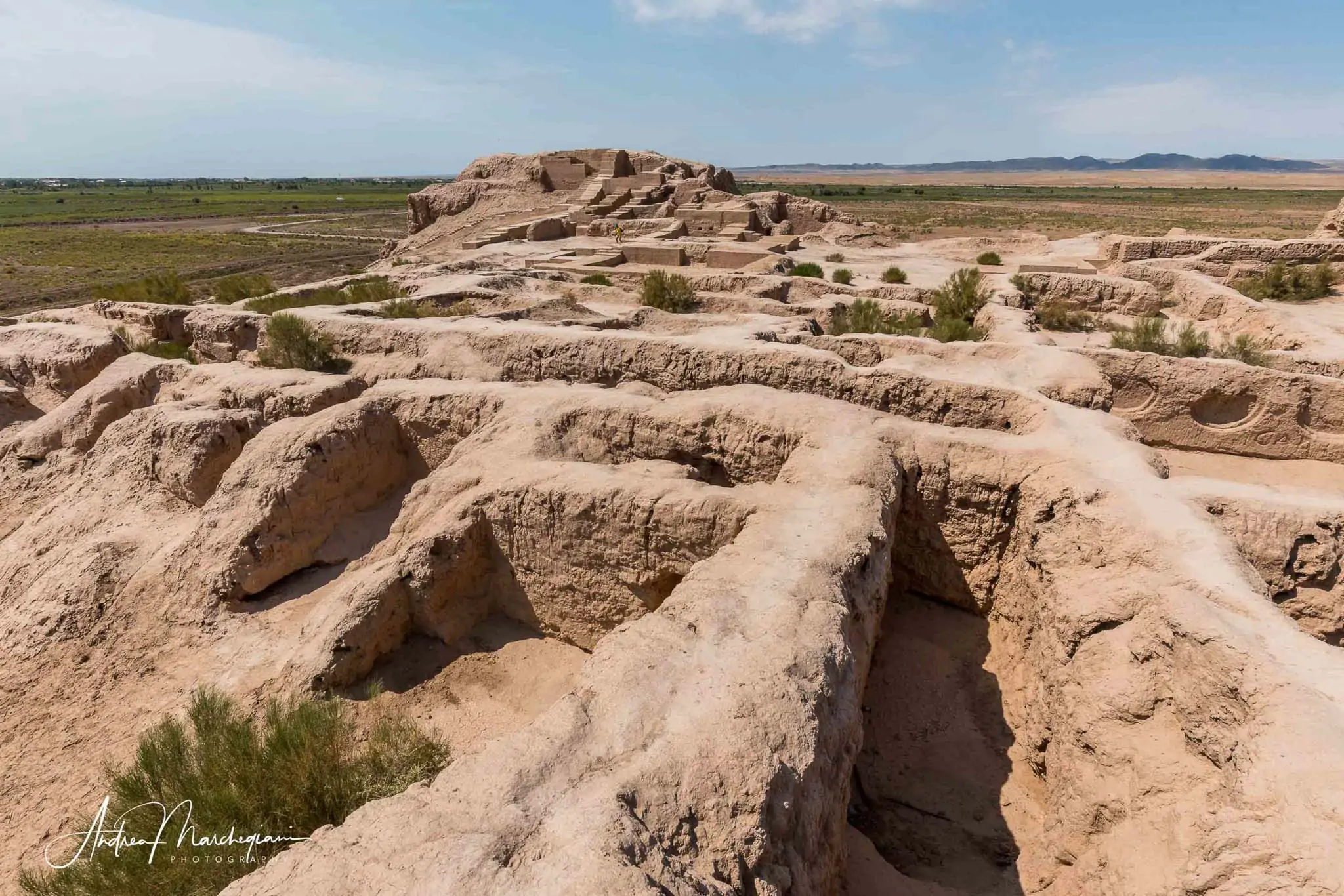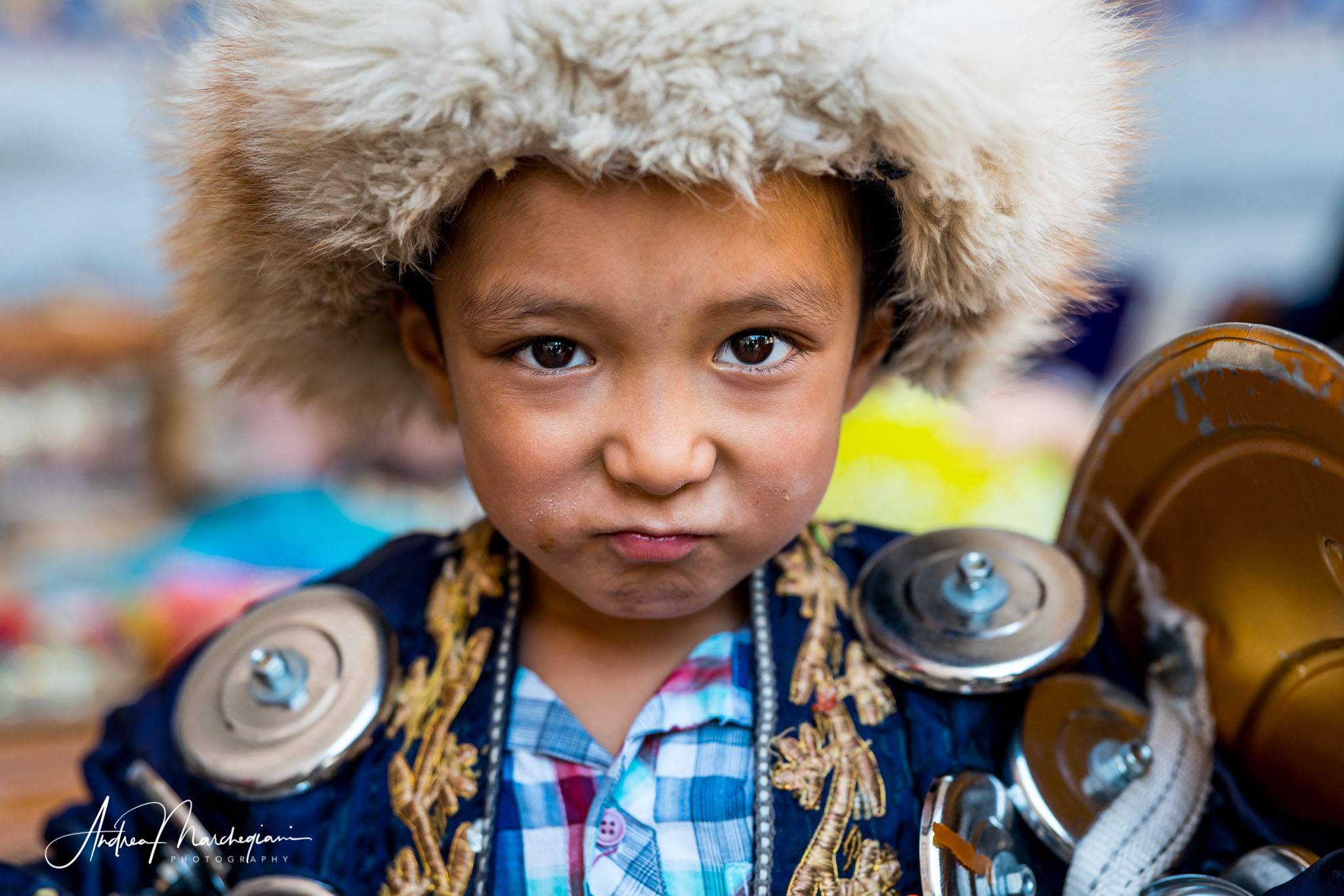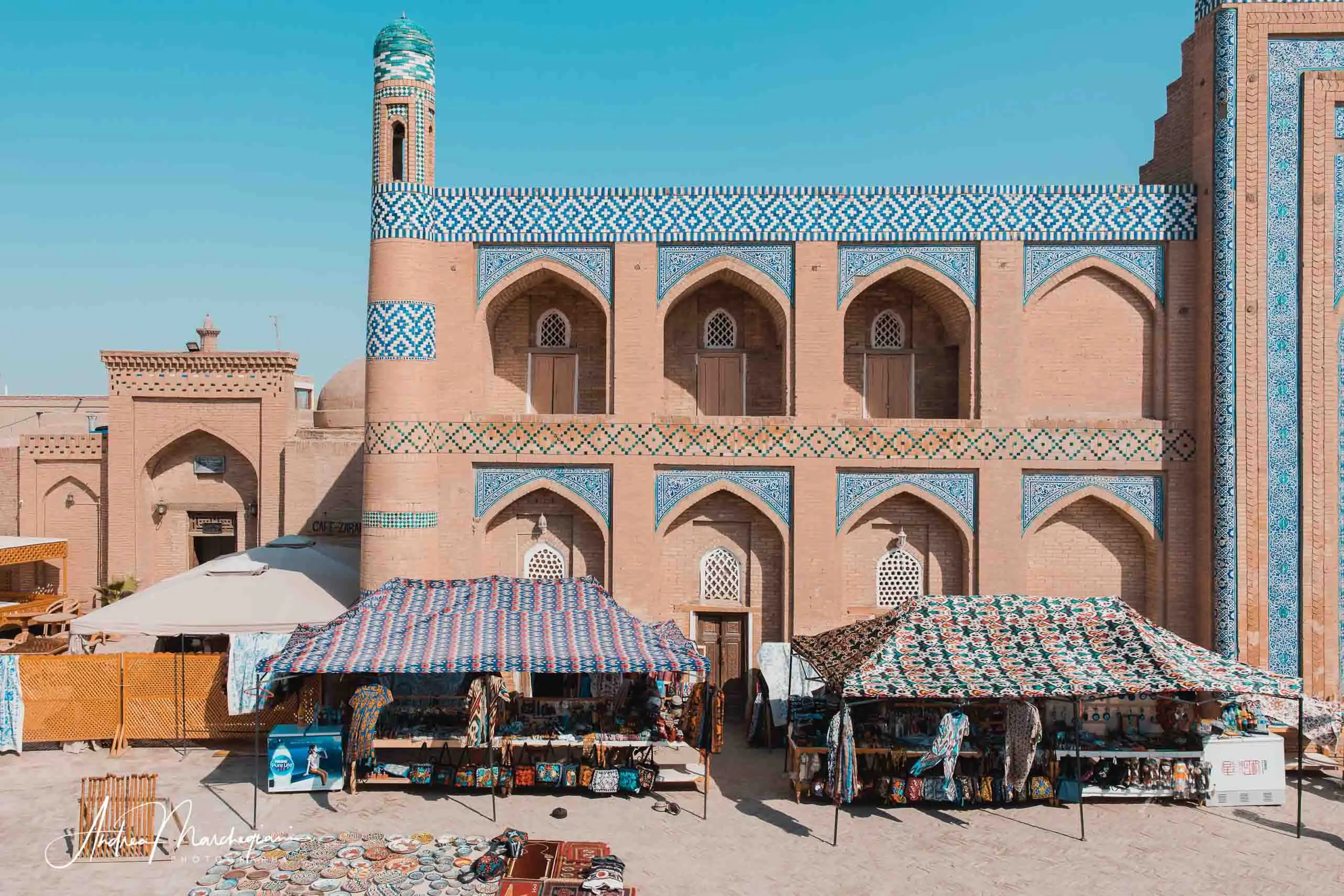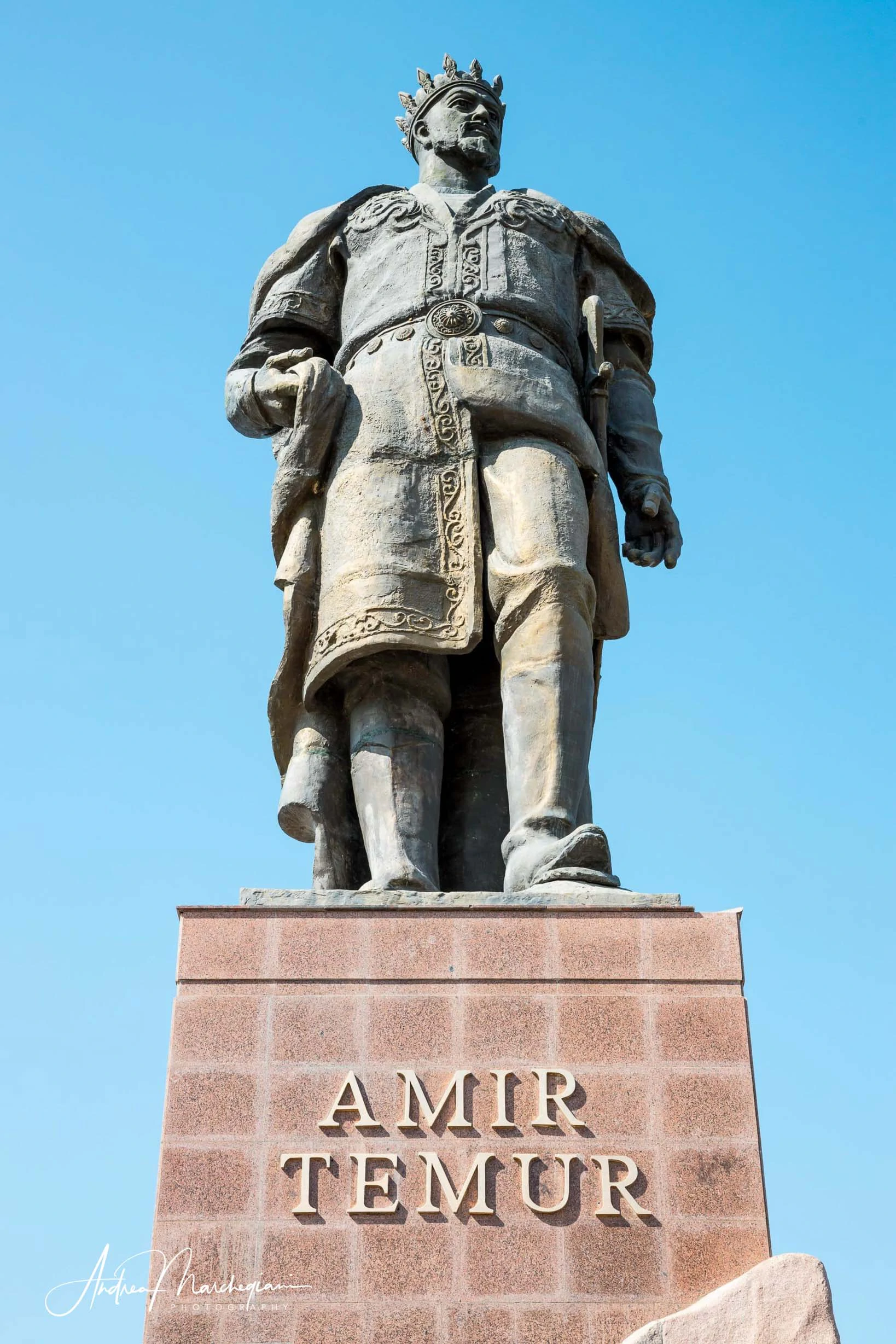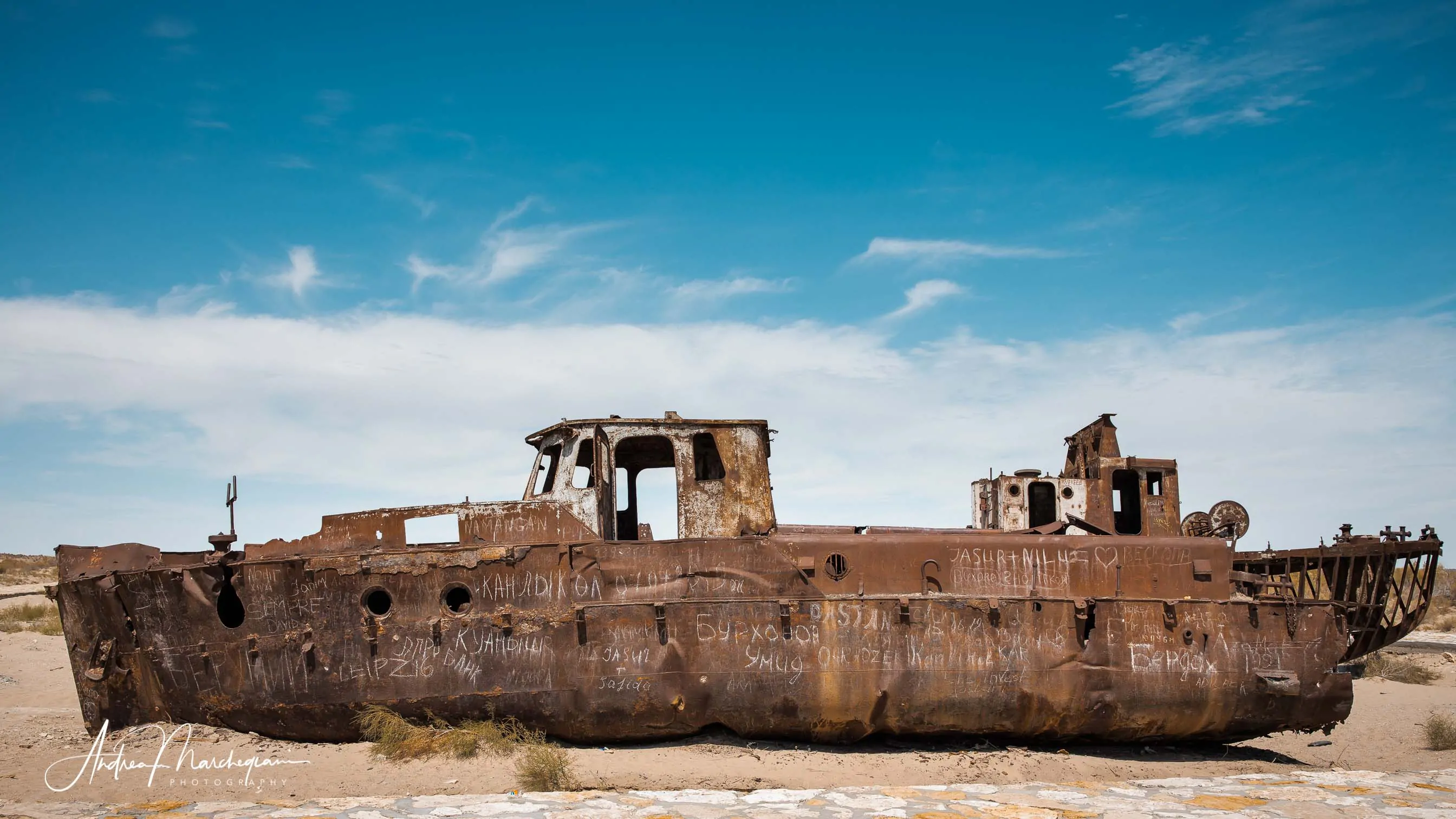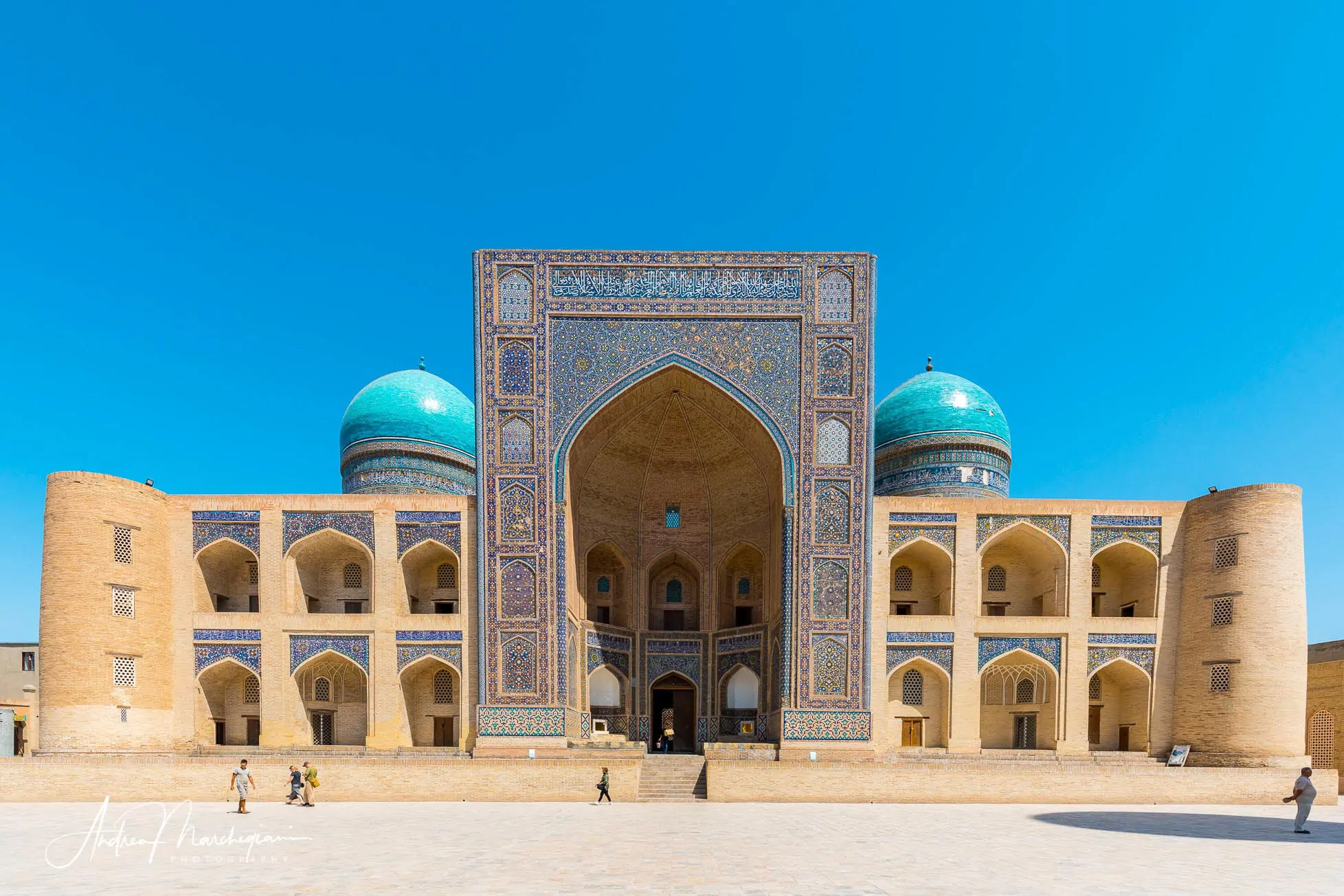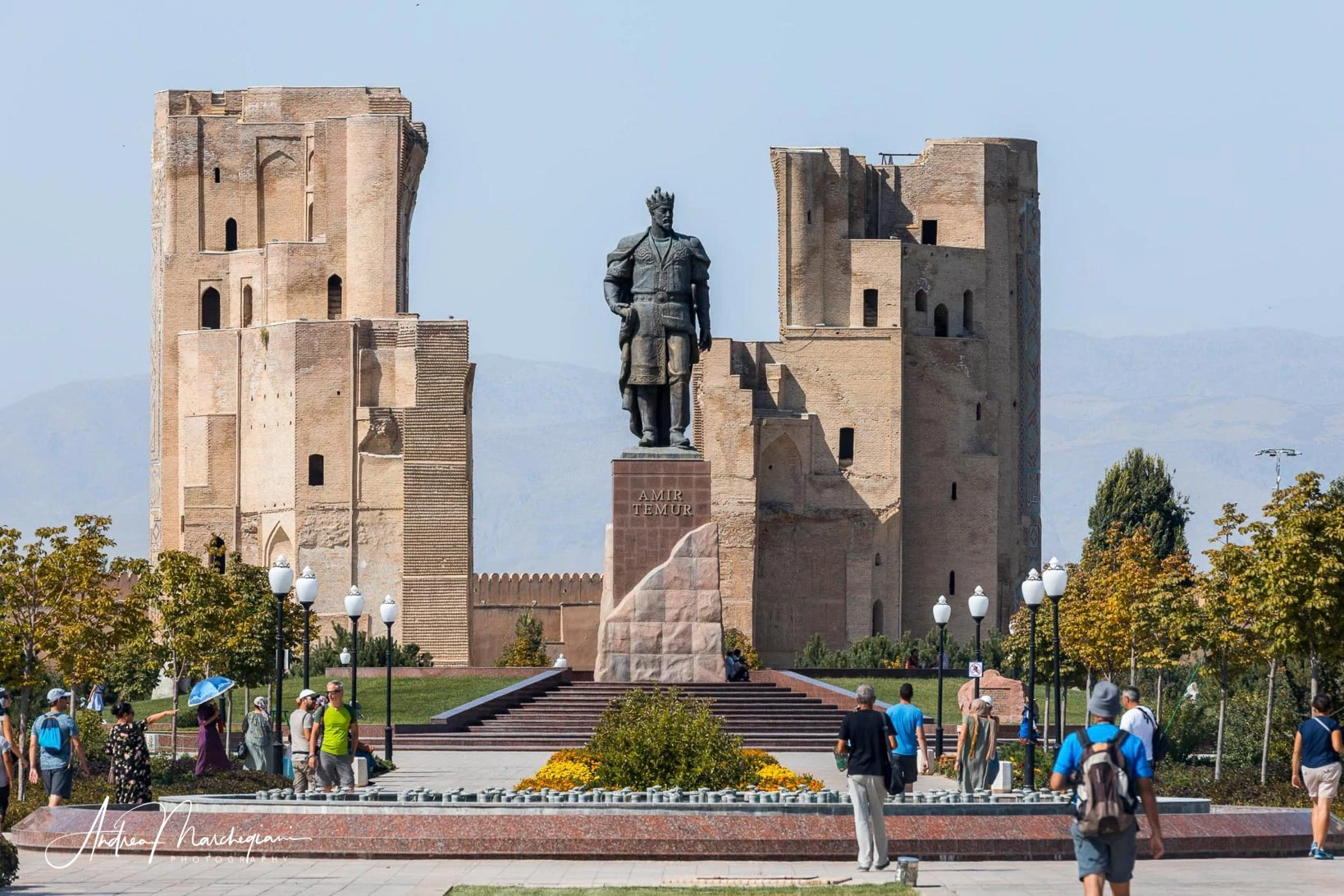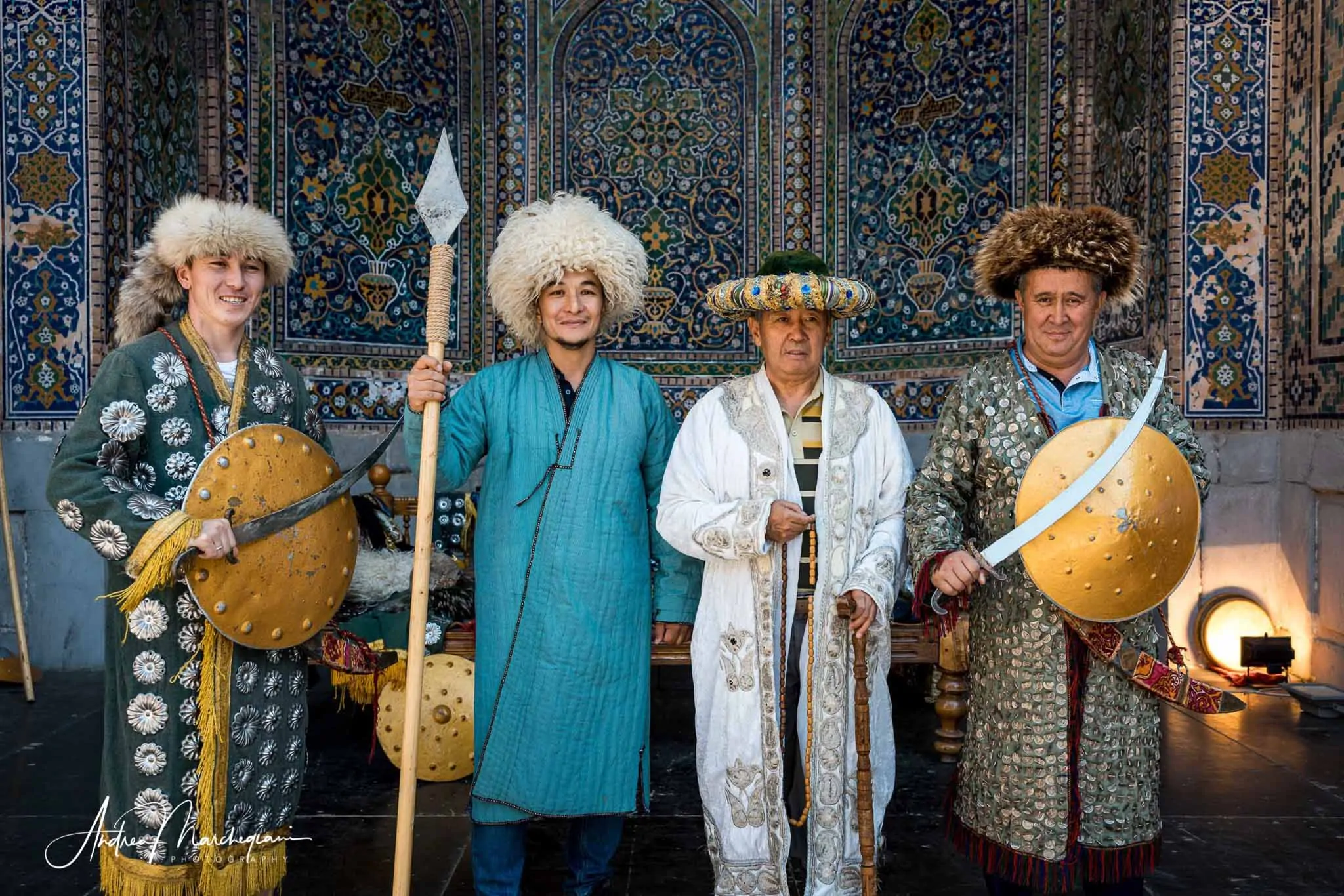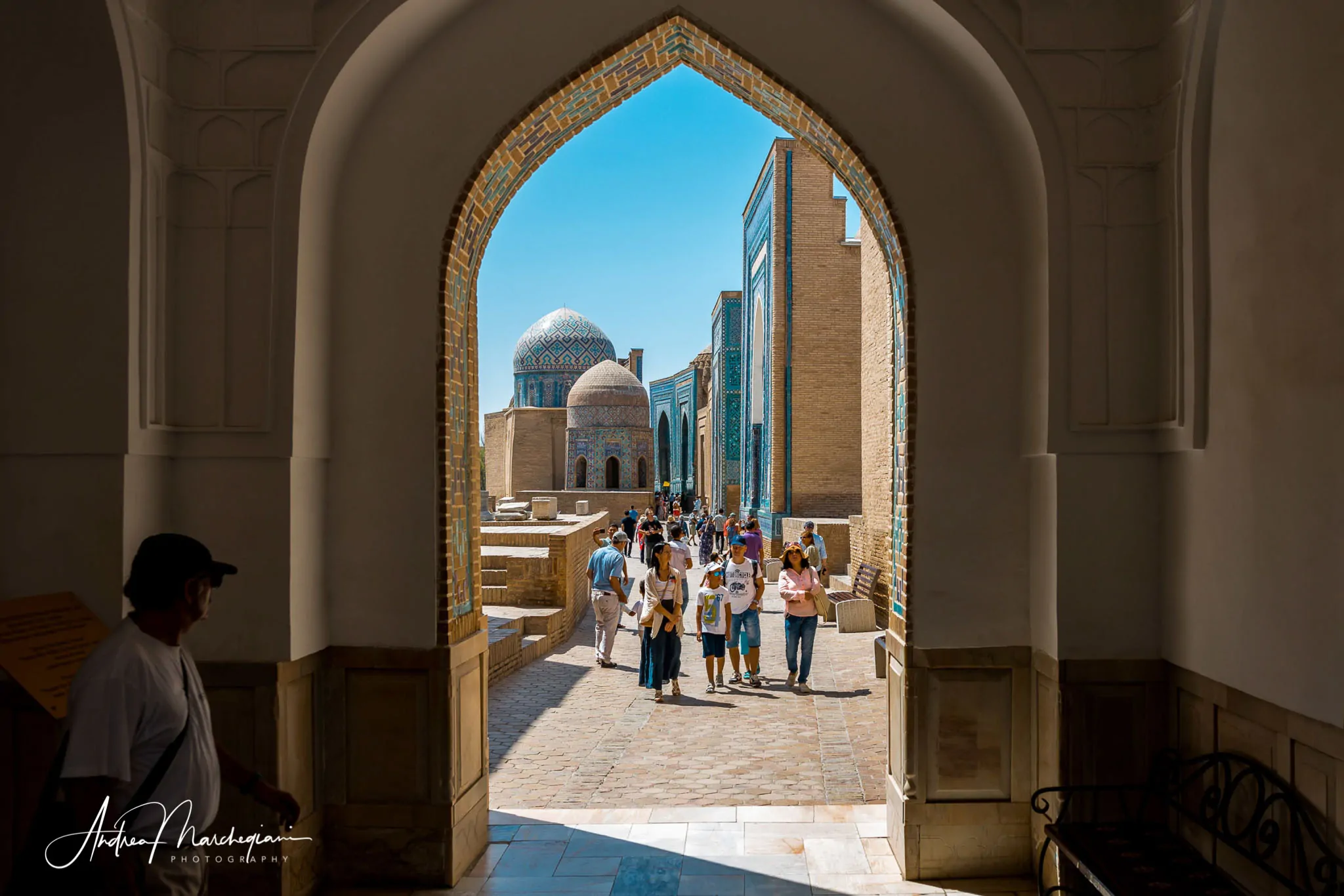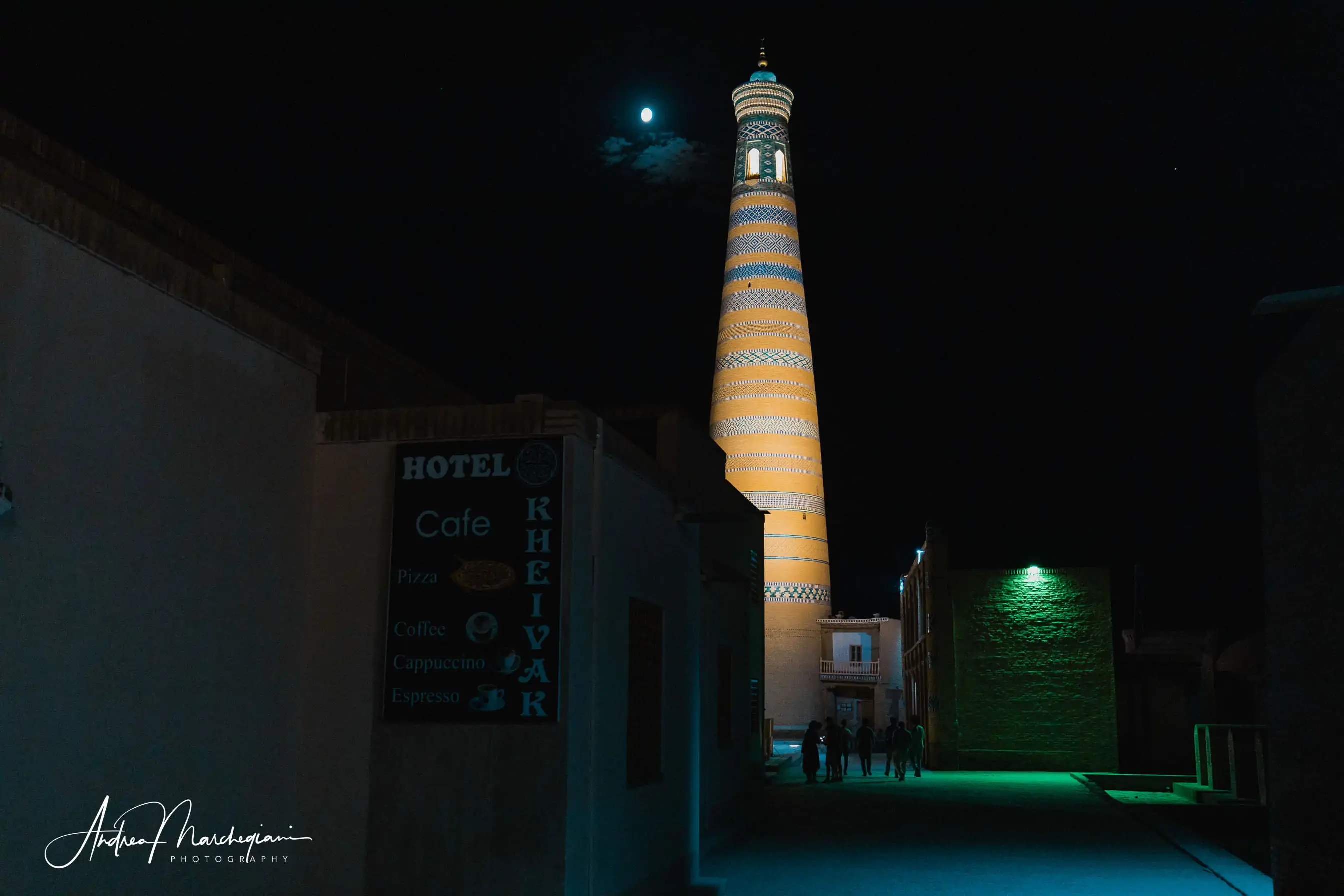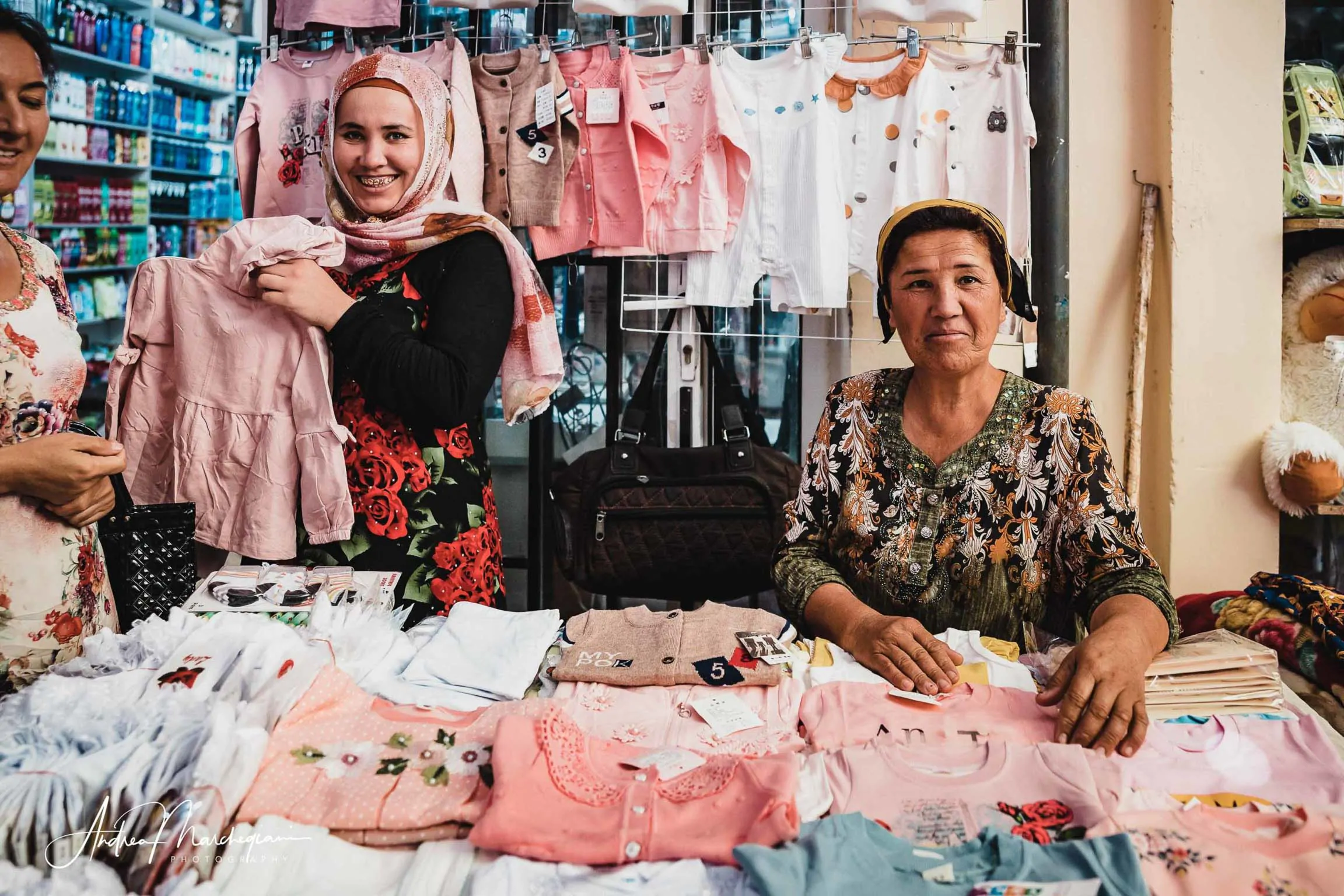
- Home
- Photo Galleries
- Portrait Photography
- Landscape Photography
- Street Photography
- China
- Ethiopia
- India
- Holy Ganges
- Varanasi
- Varanasi Ganga Aarti
- Varanasi, Manikarnika Ghat
- Varanasi Streets & Alleys
- Varanasi Demolition
- Varanasi Fruit Market
- Sarnath
- Brick Kilns
- Tamil Nadu, Chennai & Mamallapuram
- Tamil Nadu, Fort Tirumayam & Madurai
- Tamil Nadu, Tiruvannamalai & Thanjavur
- Kerala, Munnar
- Kerala, Peryiar
- Kerala, Backwaters
- Kerala, Kochi
- Kazakhstan
- Myanmar
- Senegal
- Uzbekistan
- Travel Blog
- China
- Ethiopia
- India
- Tamil Nadu & Kerala
- Varanasi
- Whato to do in Varanasi
- Varanasi Life along the Ghats
- Varanasi Death along the Ghats
- Varanasi Ganga Aarti Ceremony
- Varanasi demolished to honor Shiva
- Varanasi Fruit Market
- “Varanasi, A Journey into the Infinite”
- Sarnath
- All about River Ganges
- Holy Shit. All about Indian Cow Dung
- Clean India Project
- Brick factories
- Tilaka, pundra, bindi: what is the mark on Indian foreheads?
- Kazakhstan
- Mongolia
- Ulaanbaatar, the coldest capital in the world
- What to do in Ulaanbaatar
- Chinggis Khan Museum, 6 floors of Mongolian history
- Gorkhi-Terelj National Park and Bodgkhan Natural Reserve
- Altai Mountains, Things to do in Olgii and Sagsai
- Living with the Eagle Hunters
- Sagsai Eagle Festival
- Navrus Festival
- Xöömej, Mongolian throat singing
- Mongolian Food
- Myanmar
- Senegal
- Uzbekistan
- Latest Posts
- Photography Blog
- About
- Prints
A brief history of Uzbekistan, from the birth of Zoroastrianism to independence from the Soviet Union, passing through Genghis Khan, Tamerlane, Marco Polo. All the social and political facts to better understand the country you are about to visit.
Share with your friends:
Uzbekistan: learn its history to understand its present
If you are about to leave for Uzbekistan, you cannot ignore some notion about the history and society of this beautiful country.
Before I embarked on my trip to Uzbekistan, I not only gathered all the information needed to understand how to dress, where to sleep and what to eat, but I also sifted through a lot of historical and socio-political material from a variety of sources, to better understand the cultural climate of the country. Below I report the fruit of my research, to which I have tried to give organic form, hoping to save you some time and effort.
I start by reassuring you: even those who do not usually care about the historical events of a country will be passionate reading the alternate fortunes of Uzbekistan. The country’s history has been so bloody that the writers of Game of Thrones pale.
Zoroastrianism
Uzbekistan is one of the oldest human-inhabited territories. The first human remains found here are in fact dated about 40,000 years ago. Not only that. It also appears to be the homeland of Urheimat, the native language of all Indo-European languages. The first men to become sedentary in the area were the Indoars, who arrived here in 2200 a.c. and then migrated to India; from that moment, it was the Iranian populations of the Sogdians and Bactrians who settled there.
They are responsible for the spread of Zoroastrianism, the oldest monotheistic religion in the world: based on the teachings of the prophet Zarathustra and dating from the 6th century B.C., this creed will dominate unchallenged throughout Central Asia until the 7th century AD, when it is supplanted by Islam. Zoroastrianism venerates Mazda, the only God creator of the physical and non-physical world.
The core of worship is the struggle between Good and Evil. During the universal creation, in fact, Mazda, who is Light and Love, also created Arimane, the god of destruction and death. The task of men is to choose between the two polarities, through their own life choices, and they must account for their actions at the end of time, on the day of the Last Judgment. Righteous men will go to heaven, dishonest men to hell. In any case, Mazda will not let Evil destroy creation and will send a virgin-born Messiah to earth to lead the militias of Good to final victory. The influences that Zoroastrianism may have exerted on Judaism, and by reflex on Christianity, are not yet clear, but boy are there some overlaps!
Alexander the Great
In the 4th century B.C. the area was disrupted by the passage of Alexander the Great, who easily conquered Sogdiana and Bactria, captured Samarkand and Tashkent, and then continued his conquest campaign towards India.
He married Rossane, the daughter of the Bactrian leader Ossiarte, and sealed the new alliance by promoting the Susa weddings, during which 1,000 Greek soldiers married as many Eastern women. Try to imagine the scene: 1,000 young virgins of Asian language and culture, forced to marry the soldiers who set their lands on fire. Imagine the hatred and resentment they must have carried to the altar. And the difficulties of communicating with their new husbands, with whom they shared neither language nor traditions.
The Silk Road
Upon the death of Alexander the Great, after several vicissitudes, the area finds a moment of stability under the Kushan empire, founded by the Yuezhi tribe. Thanks to them, between the first and the third century AD, Asia Minor became a crossroads of intense trade and cultural exchanges between East and West, with a dense network of land and sea routes, extending more than 8,000 km, which is today known as the Silk Road. The heart of this trade was the cosmopolitan cities of Bukhara and Samarkand, which reached a resounding wealth. Merchants, pilgrims and diplomats arrived here and exchanged goods, ideas and technologies.
Silk was not the only commodity to be transported from China, but it was certainly the most convenient to handle, due to its size and low weight. Intense trade also involved paper, porcelain, tea and ginger, gems and perfumes. In return, the Celestial Empire accepted horses, gold, silver and precious stones, as well as glass, of which the Chinese still ignored the production technique.
Almost no one travelled the entire route: the majority stopped halfway, in Bukhara, in Samarkand, or along the caravanserais, which provided lodgings and refreshments for travelers.
It is interesting to note that, while goods mostly passed westward, religious ideas went in the opposite direction. Thanks to the Silk Road, Buddhism spread from India to China. The exchange of technologies was instead two-way. The Chinese learned how to make glass, wine and chain mail, and, conversely, taught the countries of Central Asia to forge iron and make paper. It is no coincidence that when the Sogdians converted to Islam in the 8th century AD, they made Samarkand the first center of paper production in the Muslim world, with the aim of spreading the Koran.
Uzbekistan and Islam
In the 8th century, the Arabs seized the area, forcefully asserting Islam over peoples who until then had practiced Zoroastrianism. The conversion was anything but spontaneous and peaceful. Under the Abbasid Caliphate, numerous revolts spread in the area throughout the 18th century, but were suppressed in blood.
In addition to definitively imposing religious orientation on the populations of Central Asia, the Abbasid Caliphate has left us a great development in the scientific field. From 700 to 850, Abbasid Arab-Muslim science reached its peak: most of the books written in Greek were translated into Arabic and important scholars such as the mathematician Al-Khwarismi, born in Khiva, and the astronomer Al-Farghani, of Ferghana, used them.
In the 1800s, the Persian Samanid dynasty managed to regain power from the Arabs. In the 1900s, the hegemony passed to the Karakhanid Turks, who ruled until 1200 and converted permanently to Islam. Goodbye, Zoroastrianism.
Gengis Khan
The absolute ruler of the Mongol people, Genghis Khan, with his horde of 200,000 soldiers, managed in only 15 years of war to occupy all of China, Russia and all of Central Asia. When the Mongols invaded present-day Uzbekistan in 1220, they razed Samarkand, Tashkent, and Bukhara.
His soldiers were left free to rape and plunder, his horses trampled the holy books of Islam, and Genghis Khan climbed the pulpit of the main mosque and shouted, to a terrified crowd: ‘I am God’s punishment for your sins’. This dramatic event came to the ears of Europeans, who began to portray the Mongol leader as the very incarnation of the Antichrist.
In truth, despite his cruelty and coldness, Genghis Khan did not bring war into the world for religious reasons or out of a desire for personal power. The nomads needed new pastures to survive. When, in 1206, the clans of the nomadic tribes elected him Supreme Khan, he dedicated himself to an effective reorganization of the army. He created the Touman, a unit of 10,000 warriors, all subjected to an unprecedented control and discipline, of which Genghis Khan could dispose as he saw fit . The horde of Genghis Khan was simply unbeatable in number and strategy. At his death, his immense empire was divided among the four sons and gradually fragmented.
Marco Polo
Marco Polo was a Venetian merchant, traveller and writer who lived between 1200 and 1300. Born into a patrician family of travellers and traders, Marco followed his father and uncle on the Silk Road routes and travelled all the way to Beijing. When they left he was still a boy, but he had the merit of describing in detail his experiences of travel. His work The Million is a true encyclopedia of all the geographical knowledge available at the time and became a fundamental text for anyone wishing to undertake travel.
Once in Beijing, he won the favor of Kubilai Khan, who appointed him his ambassador. He was sent to Yunnan, Burma, Tibet and India. He returned to Venice 24 years after he left and his relatives could hardly recognize him. He continued to trade and became rich and famous.
He died at 70, at home, comforted by the affection of his loved ones. Every now and then we love a happy ending!
Tamerlane
Born near Samarkand and of Turko-Mongol descent, Timerlane ( Timur) claimed to be a descendant of Genghis Khan. They both shared the intent to build a great empire, the ability to control an endless army, the ferocity and cruelty with which he destroyed the opposing militias; but, unlike his ancestor, Timerlane loved art, science and culture.
When he was elected Grand Emir of Samarkand, in 1369, he resurrected the city from its ashes, which is ironic if you think Samarkand was destroyed a century earlier by Genghis Khan. Timur brought here all the artists and artisans captured in the war, as well as scholars, to rebuild the city.
Through a series of rapid campaigns, Timerlane managed to conquer Iran, Mesopotamia, India, part of Russia and China and reunified the states of Central Asia (Kazakhstan, Uzbekistan, Turkmenistan and Kyrgyzstan).
Even today, the name of Timur is praised by the Turko-Mongols and is recognized a similar importance to that which we Westerners give to Alexander the Great.
At the same time, one cannot neglect his destructive madness. Feeling he had a mission of faith to accomplish, Timur razed completely to the ground cities practising differente religions than Islam and his fury struck flourishing cities in Russia, India, China and even in the Mediterranean basin.
Tamerlane was lame from an early age, beacuse of a serious injury to his leg. Yet, he was always present on the battlefield, transported by his soldiers. This fact is confirmed by the exhumation of his remains and it reaffirms the extraordinary stubbornness of his temper, further legitimizing the myth.
Today his remains are kept in the mausoleum of Gur-e Amir, in Samarkand.
The Russians in Uzbekistan
When the Russians became interested in the territories of present-day Uzbekistan in the second half of the 19th century, the area was divided into the Khanates of Khiva, Bukhara and Kokand. In 1920, after decades of continuous conflicts and rebellion attempts, the three khanates were finally incorporated into Turkestan.
The central government authorities immediately demanded the introduction of the Russian language and the intensive cultivation of cotton. Infrastructure and railroads were built to facilitate trade, industries developed, and schools were built, greatly improving the socio-economic conditions of the area.
The Soviet Socialist Republic of Uzbekistan was established in 1924, based on an ethnic distribution of the population operated by Joseph Stalin.
The Soviet regime feared that Islam could give rise to forms of political opposition, so it was attacked violently with the aim of eradicating it. Fasting during Ramadan and pilgrimage to Mecca were banned in the 1920s. Child marriages, polygamy and the use of the veil, as well as Arabic writing and reading the Quran, were prohibited.
Between 1932 and 1938, Stalin promoted a fierce anti-religious campaign in Central Asia, called the “Atheist Movement”. Most mosques were closed, priests were sent to the gulags, and state officials and Muslim activists were executed. Places of worship were seized and turned into museums, ballrooms, warehouses and factories.
As a result of this forced secularization, in 1960 almost no Uzbek woman wore the chador and all girls achieved the same level of education as boys.
Uzbekistan gains independence
In 1991, with the dissolution of the Soviet Union, Uzbekistan became a fully independent state.
Ruled until 2016 by authoritarian President Karimov, the country struggled to find its own democratic identity. Karimov destroyed any possibility of political opposition and exercised total control over the media. He strongly fought against any form of Islamic extremism, triggering a series of terrorist reactions, such as the 1999 Tashkent attack. His economic policy has proved equally reactionary, preventing any form of privatisation and liberalisation of the economy.
When Karimov died in 2016, Mirziyoev was elected president. He loosened his predecessor’s authoritarian methods, opening up the market economy and giving more space to Islamic parties.
Uzbekistan architectural heritage
Uzbekistan has the most fascinating architectural heritage of Central Asia. At the borders of great empires, artistic influences from Iran, Greece and India have all converged here.
Unfortunately, due to the destructive fury of Genghis Khan and other invaders, little remains to the present day of the pre-Islamic era. Most of the Central Asian architectural heritage that we can admire today dates back to the Timurid era.
Unlike Genghis Khan, Tamerlane had a superior artistic sense. During his bloody military expeditions, he captured artists and artisans, deported them to Central Asia and used them to rebuild the cities formerly destroyed by his Mongol ancestor. Thanks to their hard work, today we can appreciate the unique style of cities such as Bukhara, Khiva and Samarkand, with their turquoise domes, monumental arched entrance gates, tapered minarets and the decorative exuberance of colorful tiles.
Of course, the style of the buildings also depended on environmental factors. Wood and stone are scarce in all the area, so the buildings are made of brick. The pishtak, arched entrance portals, also had the function of conveying air inside the buildings, lowering indoor temperatures and mitigating high summer temperatures. At the same time, inside the courtyards, brick platforms were built, to mount the khan yurts in the winter months and ensure maximum exposure to the sun.

